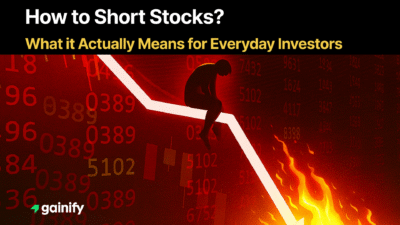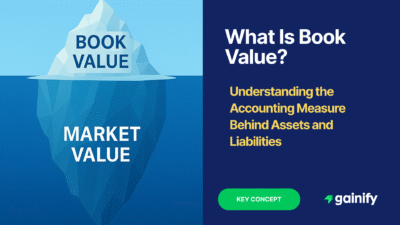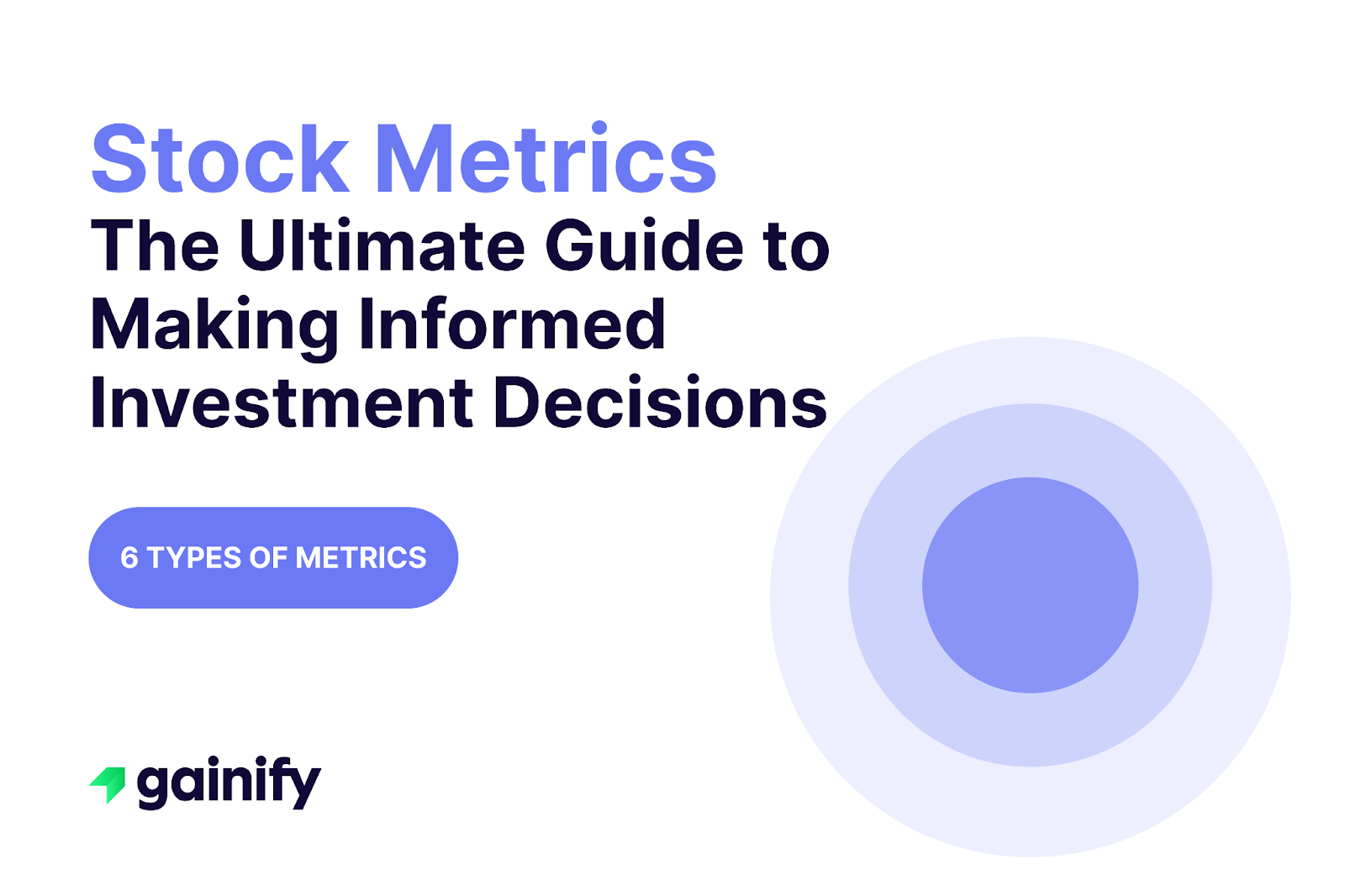Imagine predicting tomorrow’s prices, not with a crystal ball, but through an agreement made today.
In the high-speed world of global markets, where prices shift in seconds, one instrument allows traders and businesses to lock in future prices with precision. Welcome to the world of futures trading.
Every business faces uncertainty.
A baker tracks wheat costs.
An airline monitors jet fuel prices.
A tech firm watches currency swings.
For them, setting a price today for a future transaction is about more than profit. It’s about protection, planning, and predictability. This pursuit of certainty gave rise to one of finance’s most powerful tools: the futures contract.
Understanding what futures are in trading is key to understanding global markets themselves. They are not just speculative bets. They are mechanisms for stability, efficiency, and opportunity.
What Are Futures in Trading? The Core Concept
At its heart, a futures contract is a standardized, legally binding agreement to buy or sell a particular commodity or financial instrument at a predetermined price on a specified date in the future. These contracts are traded on specialized futures exchanges, such as the CME Group (which includes the Chicago Board of Trade) or the Intercontinental Exchange (ICE). Each contract is a standardized asset, defined by the exchange’s specifications and represented by a unique futures symbol.
Key characteristics of futures contracts include:
- Standardization: Each futures contract for a specific asset on a given exchange is identical. It outlines the asset’s quality, quantity, expiration date, delivery procedure (if physical delivery is involved), and minimum price fluctuation (tick size). This uniformity enables active trading and simplifies risk management without requiring negotiation of individual terms.
- Exchange Traded: Futures contracts are bought and sold on regulated exchanges, unlike over-the-counter (OTC) agreements. This ensures transparency, central clearing, and standardized pricing. Market participants can view real-time prices, bid/ask spreads, and order book depth, supporting fair and efficient markets.
- Obligation: Both the buyer (long position) and the seller (short position) are legally obligated to fulfill the contract at expiration. The buyer must purchase and the seller must deliver or settle the asset at the agreed futures price, unless the position is offset before expiry through a closing trade.
- Margin: Instead of paying the full contract value upfront, traders post an initial margin, essentially a good-faith deposit, with a Futures Commission Merchant (FCM). As market prices move, margin accounts are adjusted daily to meet maintenance requirements. While this system allows for leverage and capital efficiency, interest on margin balances is not guaranteed and depends on broker terms.
- Daily Settlement (Mark-to-Market): All open positions are marked to market at the end of each trading day. Gains and losses are credited or debited based on that day’s settlement price, reducing the accumulation of risk over time. This daily reconciliation helps ensure financial stability and reduces the likelihood of default by either party.
Most futures contracts are closed prior to expiration, allowing traders to avoid physical delivery or final cash settlement and instead realize gains or losses through offsetting trades.
Why Do Futures Markets Exist? Two Primary Purposes
Futures markets serve two fundamental purposes in the global economy: hedging and speculation.
- Hedging (Risk Management): This is the original and most critical function of futures. Businesses and commodity producers use futures contracts to manage price risk and achieve greater financial stability.
- For Producers: A farmer expecting to harvest corn in six months can sell corn futures contracts today at a specific price. This locks in a selling price for the future crop, protecting against a potential price drop before harvest. It provides price certainty and reduces exposure to market volatility.
- For Consumers/Users: An airline company needing jet fuel in three months can buy crude oil futures contracts today. This secures a purchase price for their future fuel needs, shielding them from rising prices. It helps manage operational costs and limits commodity price risk.
- For Investors: A portfolio manager holding a large equity position can sell stock index futures, such as E-mini S&P 500 contracts, to hedge against a potential short-term market downturn. This offers downside protection without having to sell the underlying stocks, preserving long-term strategy while reducing near-term risk.
Speculation (Profit Generation): Traders and investors use futures to profit from anticipated price movements in an underlying asset.
- A speculator expecting the price of crude oil to rise can buy crude oil futures (take a long position). If prices increase, they can sell the contract at a higher price before expiration, realizing a profit.
- Conversely, a speculator anticipating a price decline in an asset can sell futures contracts (take a short position). If prices fall, they can buy back the contract at a lower price and pocket the difference.
Speculators play a vital role by providing liquidity to the futures markets. This liquidity is essential for hedgers, who rely on active markets to efficiently enter and exit positions. Without speculators, it would be significantly more difficult for hedgers to transfer their price risk.
What Can Be Traded as Futures? A Diverse Landscape of Asset Classes
The range of assets that can be traded via futures contracts is incredibly diverse. These instruments span multiple sectors and fall into several key categories:
- Commodity Futures: These represent the oldest and most traditional category of futures contracts, tied to physical goods.
- Agricultural Commodities: Futures are available for products such as corn, wheat, soybeans, coffee, sugar, cotton, cattle, and hogs. These are essential tools for farmers, producers, and agribusinesses to manage seasonal price volatility.
- Energy Commodities: Contracts for crude oil, natural gas, gasoline, and heating oil enable energy producers and consumers to hedge against shifts in global energy prices.
- Metals: Gold, silver, copper, and platinum futures are commonly used by industrial buyers, miners, and investors seeking exposure to precious and industrial metals.
- Financial Futures: These contracts are based on financial instruments or indices and are widely used by institutional investors, corporations, and traders.
- Interest Rate Futures: These include contracts tied to short-term rates (such as Eurodollar futures) and long-term instruments like U.S. Treasury bonds. They are essential for managing interest rate risk across portfolios, including exposure related to Interest Rate Swaps or Mortgage-Backed Securities.
- Currency Futures: These contracts allow participants to lock in exchange rates between currencies. They are commonly used by multinational corporations, import/export businesses, and FX traders to hedge foreign exchange risk.
- Stock Index Futures: Based on indices like the S&P 500 or Dow Jones Industrial Average, these contracts let investors gain or hedge exposure to broad equity markets without trading individual stocks. E-mini futures provide a smaller, more accessible alternative for the same indices.
- Individual Stock Futures: Though less common, some exchanges list futures contracts on single stocks, allowing directional bets or hedges on specific companies.
- Cryptocurrency Futures: A newer addition to regulated markets, futures on digital assets like Bitcoin and Ethereum are now offered on exchanges such as CME Group. These contracts allow traders to speculate or hedge without directly holding the underlying cryptocurrency and are typically cash-settled.
To increase accessibility, many exchanges offer micro futures contracts, which represent a fraction of the notional value of a standard contract. Micro futures on indices, metals, and even cryptocurrencies allow retail traders and smaller investors to participate in the futures markets with lower capital requirements.
The Complexities and Critiques of Futures
Futures markets play a critical role in modern finance, offering essential tools for hedging and speculation. However, alongside their benefits come several complexities and well-founded criticisms. Many of the features that make futures attractive also introduce significant challenges, particularly for individual investors.
One of the core complexities is leverage, which is built into futures trading through the margin system. Unlike traditional stock investing, where investors typically fund most or all of their positions, futures traders are only required to deposit a small percentage of the contract’s total value as initial margin. For example, while a stock trade might require 50 percent margin, a futures contract often requires just 5 to 10 percent. This means a trader can control a large position with a relatively small capital outlay. While this leverage amplifies potential profits, it also significantly increases the risk of large and rapid losses. For traders unfamiliar with this dynamic, the results can be severe and unexpected.
Another key challenge is the speed and intensity of the futures markets. Futures positions are marked to market daily, meaning profits and losses are settled at the end of each trading day. Traders must ensure that their account balances remain above the maintenance margin requirement. Falling below this level triggers a margin call, which requires immediate additional funding. If the trader cannot meet this requirement, the position may be forcibly closed by the broker. This fast-moving environment demands constant attention, quick decision-making, and robust risk management. It is generally better suited to experienced professionals and institutions rather than to novice investors, who may lack the time, tools, or discipline required. Although tools like stop orders can offer some protection, they do not guarantee execution at desired prices, especially during volatile market conditions.
Additional concerns are raised about the influence of large speculators and algorithmic trading. These participants can increase market liquidity, but they can also contribute to sharp price swings and short-term volatility. In some cases, speculative activity can push futures prices away from the underlying fundamentals of the asset. This disconnection may lead to confusion and added risk for participants trying to hedge or invest based on real-world supply and demand. Complex pricing behaviors, such as convexity bias in interest rate derivatives, further increase the difficulty of accurately evaluating certain contracts.
While futures are a powerful and necessary component of the financial system, they are not without risks. Success in these markets requires a clear understanding of their structure, strict discipline, and a well-developed approach to managing exposure.
Understanding Futures Trading: Key Concepts for Your Futures Trading Account
Engaging in futures trading requires a solid grasp of key concepts and industry terminology. Below is a structured overview of essential terms and components that every trader should understand before managing a futures account:
Core Trading Terms
- Futures Quote: A real-time display of the current market activity for a specific futures contract. It typically includes the last traded price, bid and ask prices, volume, and open interest. Quotes are essential for monitoring market trends and making trading decisions.
- Futures Symbols: Unique ticker codes that identify specific futures contracts. For example:
- CL represents Crude Oil futures (NYMEX)
- ES represents E-mini S&P 500 futures (CME)
Symbols are often followed by codes for contract month and year (e.g., CLZ5 for December 2025 crude oil).
- Tick Size: The smallest possible price movement for a futures contract. Each contract has a defined tick size and tick value. For instance, crude oil futures (CL) have a tick size of $0.01 per barrel, which equals $10 per contract (since one contract represents 1,000 barrels).
- Notional Value: The total value of the underlying asset that a single futures contract represents. This is calculated by multiplying the current futures price by the contract size. Traders control this full notional amount even though they only post a fraction of it as margin.
Margins and Account Requirements
- Initial Margin: The minimum amount of capital required to open a new futures position. This is set by the exchange and adjusted by the broker depending on risk and market conditions.
- Maintenance Margin: The minimum balance that must be maintained in the trading account to keep a position open. If the account falls below this level due to market losses, the trader will receive a margin call and must deposit additional funds to restore the balance.
- Mark-to-Market (Daily Settlement): At the end of each trading day, all open futures positions are revalued based on the settlement price. Gains and losses are credited or debited from the trader’s account accordingly. This ensures continuous risk management and transparency.
Settlement Types
- Cash Settlement: Some futures contracts, particularly financial contracts like equity indices or interest rate futures, settle in cash. Upon expiration, the difference between the entry price and the final settlement price is settled in cash, and no physical delivery occurs.
- Physical Delivery: Less common among retail traders, some futures (such as those for agricultural commodities or energy products) require actual delivery of the underlying asset if the position is held through expiration. Most participants close or roll over positions before delivery occurs.
Related Instruments and Entities
- Futures Options: Derivatives that give the holder the right, but not the obligation to buy (call) or sell (put) a specific futures contract at a predetermined price before or on the expiration date. These are distinct from options on stocks and add another strategic layer for managing futures exposure.
- Futures Commission Merchant (FCM): A registered entity that accepts customer orders to buy or sell futures contracts and holds customer funds in segregated accounts. FCMs are regulated by the Commodity Futures Trading Commission (CFTC).
- Introducing Broker (IB): A broker that solicits or accepts orders but does not handle customer funds directly. IBs introduce clients to an FCM, who manages the execution and custody of funds.
Navigating the Complex World of Futures
Understanding what futures are in trading reveals a critical component of the Global Financial Markets. These standardized, exchange-traded contracts serve vital functions: enabling businesses and commodity producers to hedge price risk and providing powerful tools for speculation.
From commodity futures for agriculture and energy to financial futures for interest rates and stock index futures like E-mini futures, their reach is broad and their impact significant. The ability to control a large notional value with relatively small initial margin offers capital efficiency but demands disciplined risk management strategies.
Key Takeaways:
- Futures contracts are standardized agreements for future transactions, used primarily for hedging and speculation.
- They involve significant leverage and daily settlement of profits or losses.
- While offering capital efficiency, futures trading carries high risk and is generally not for beginners.
- The market is regulated, with the CFTC overseeing exchanges like CME Group.
- Most futures contracts are cash-settled, avoiding physical delivery.




